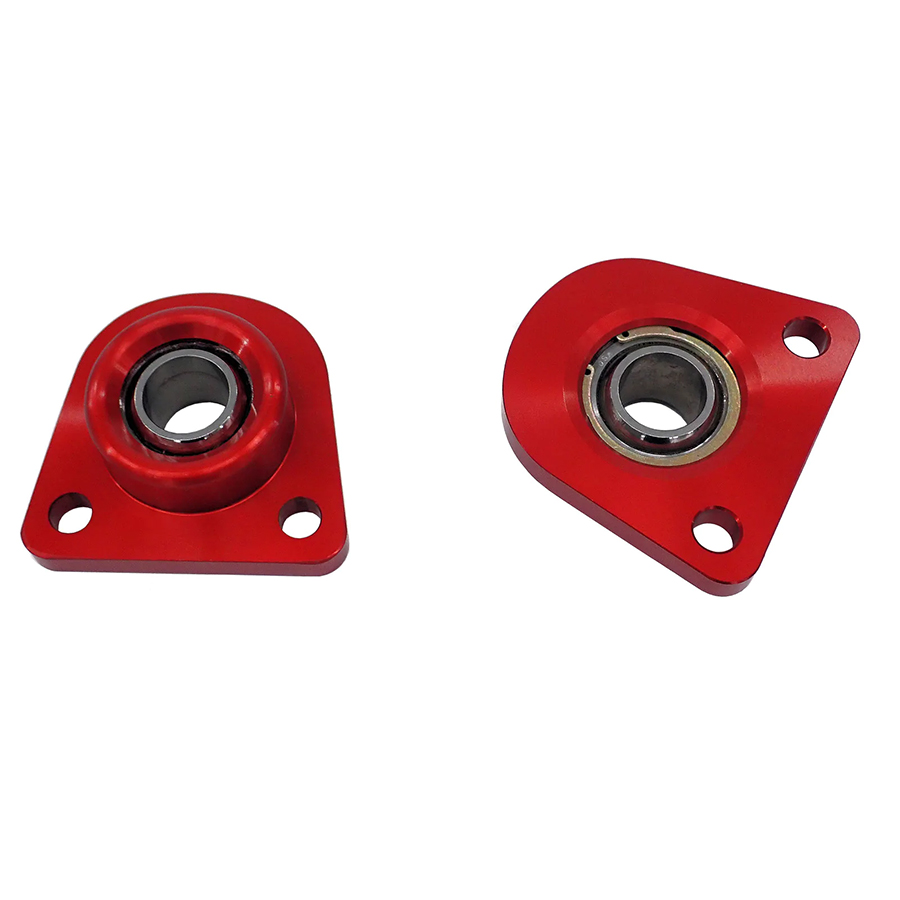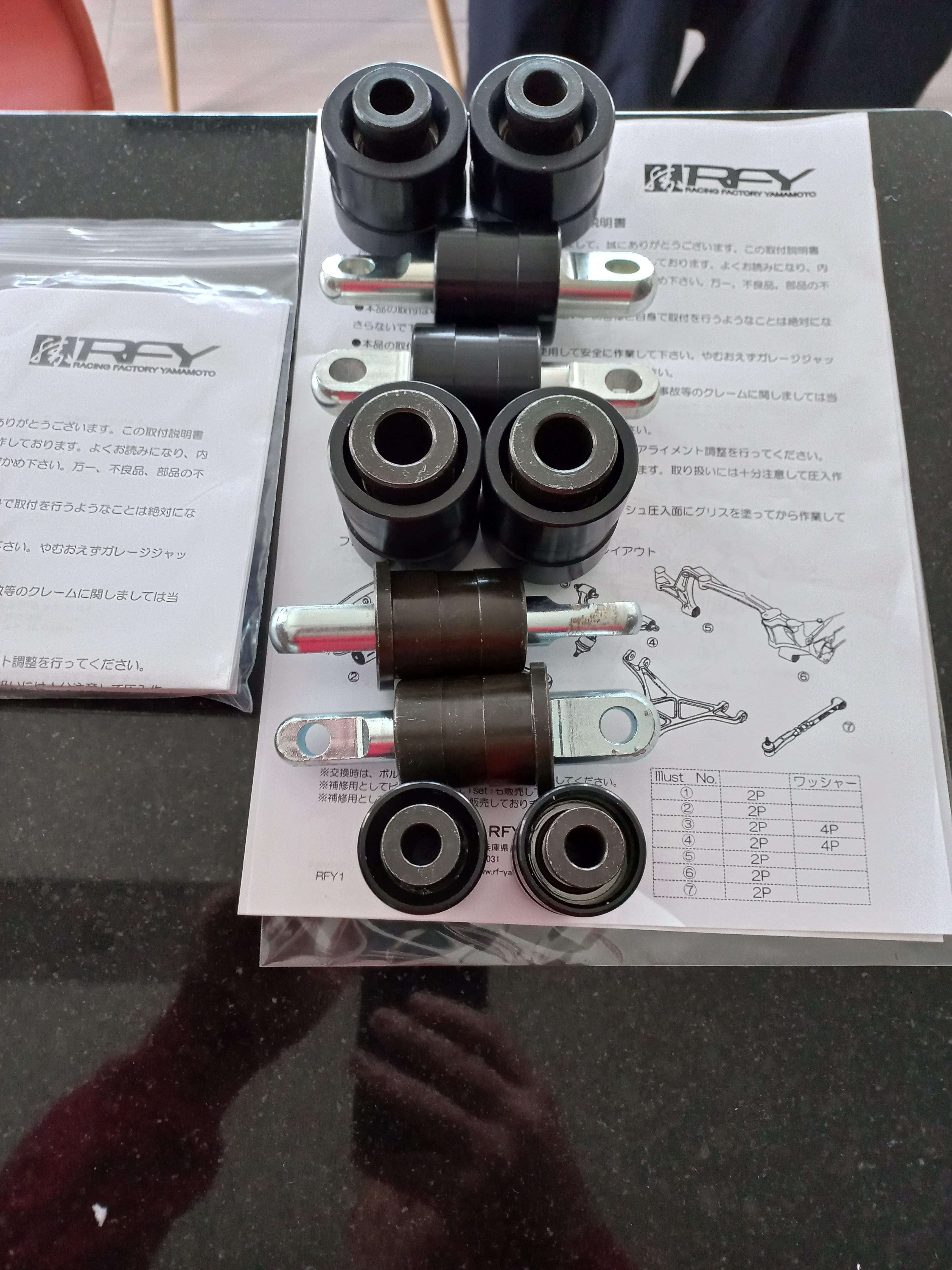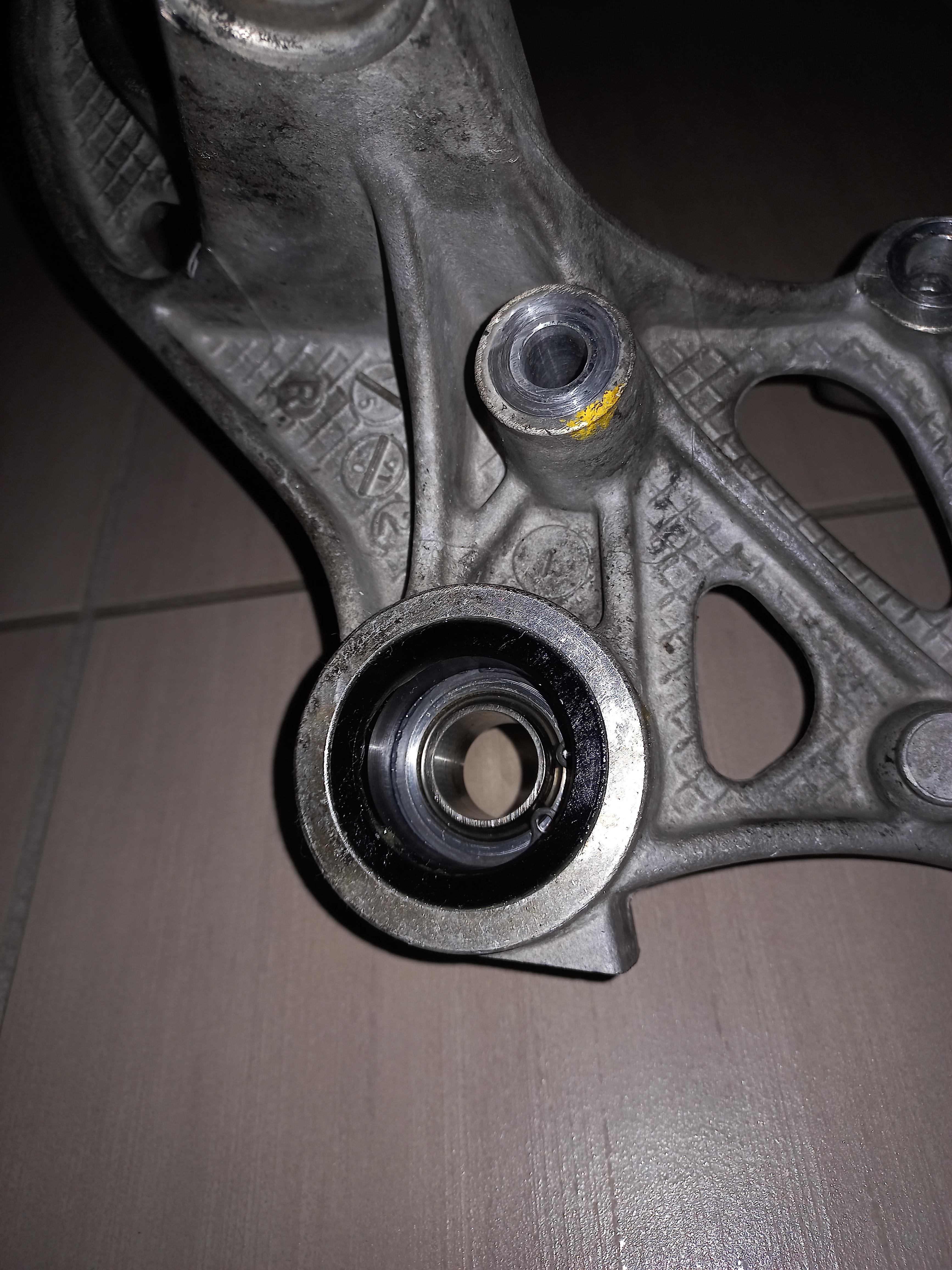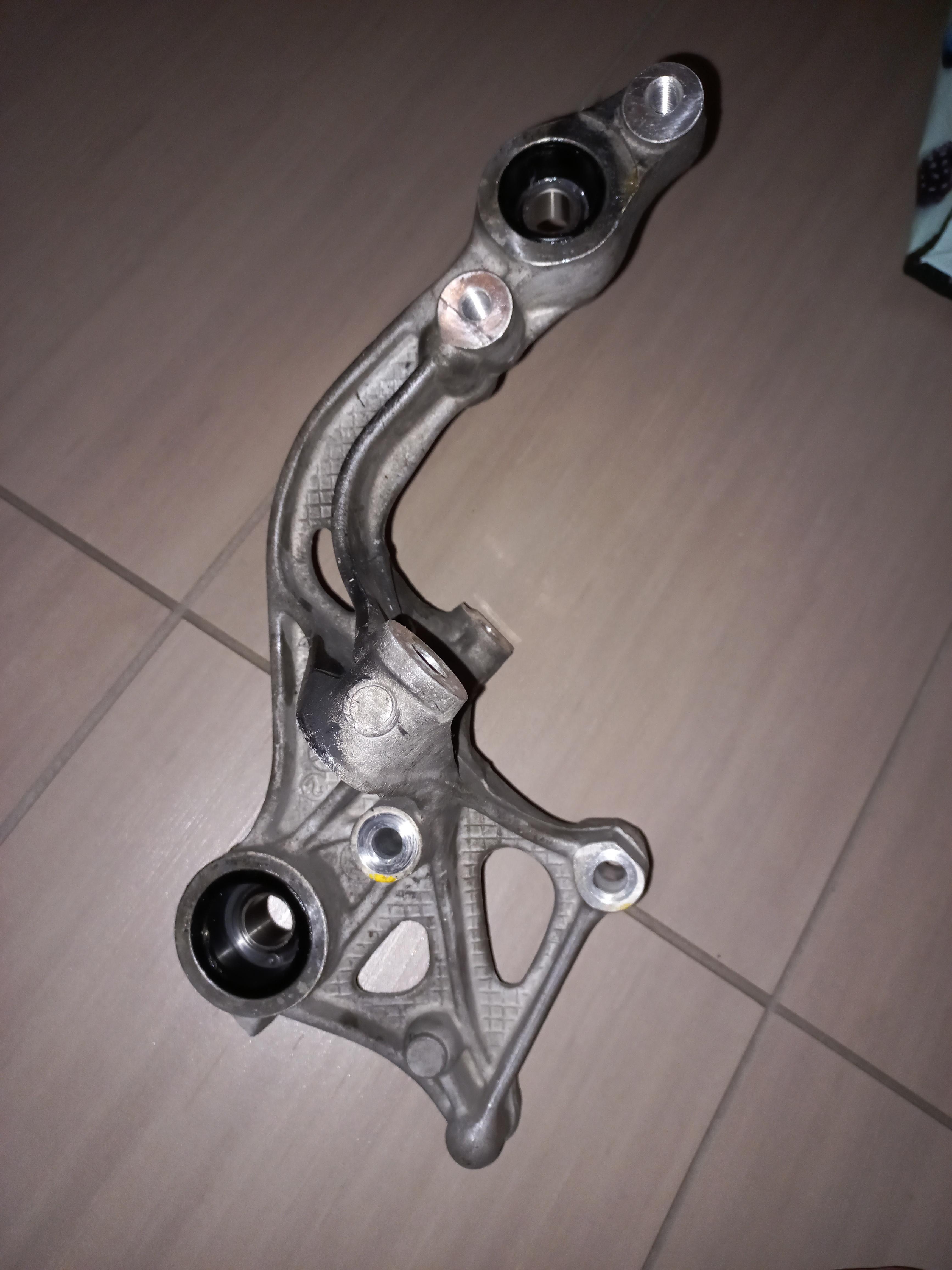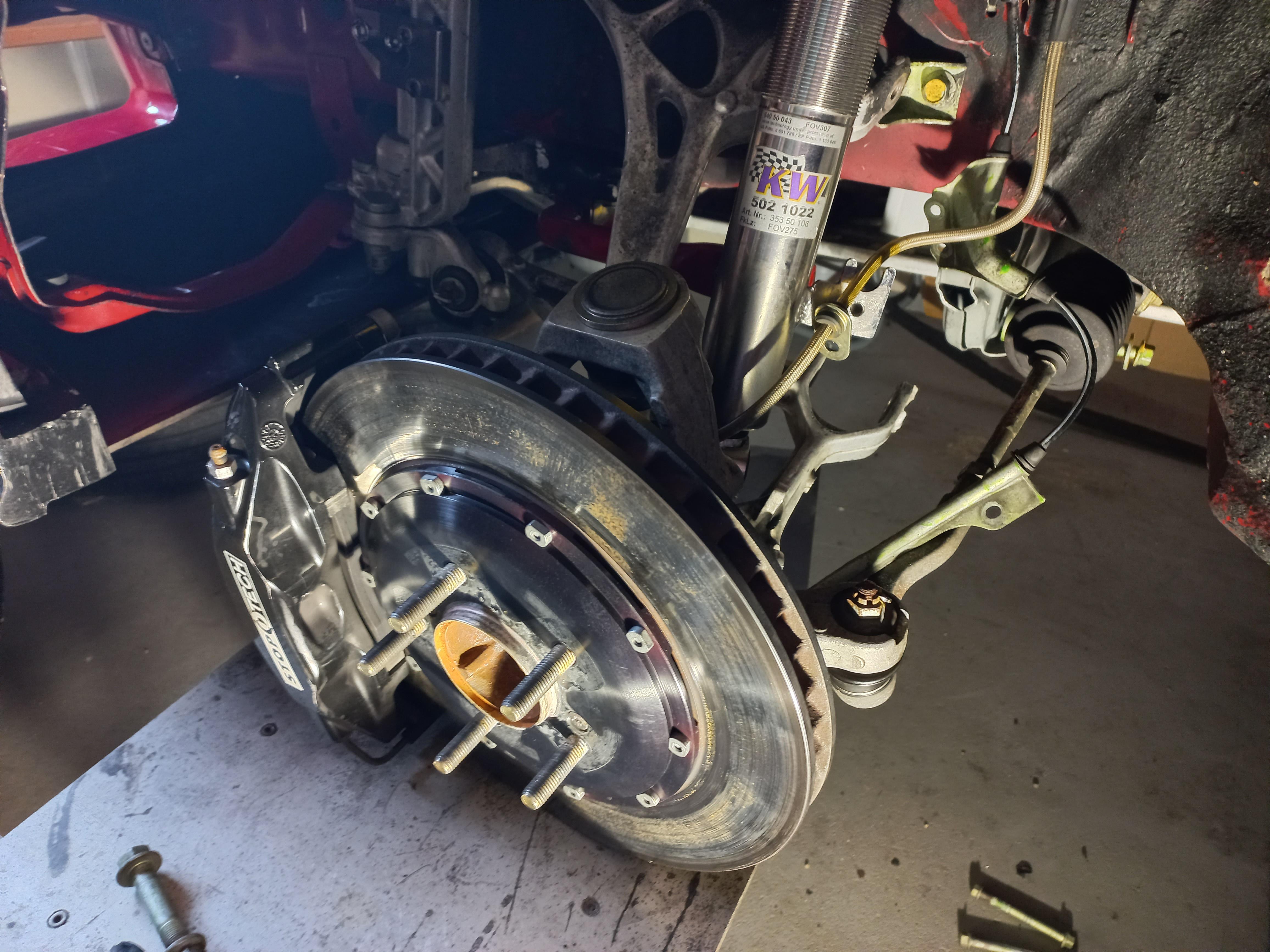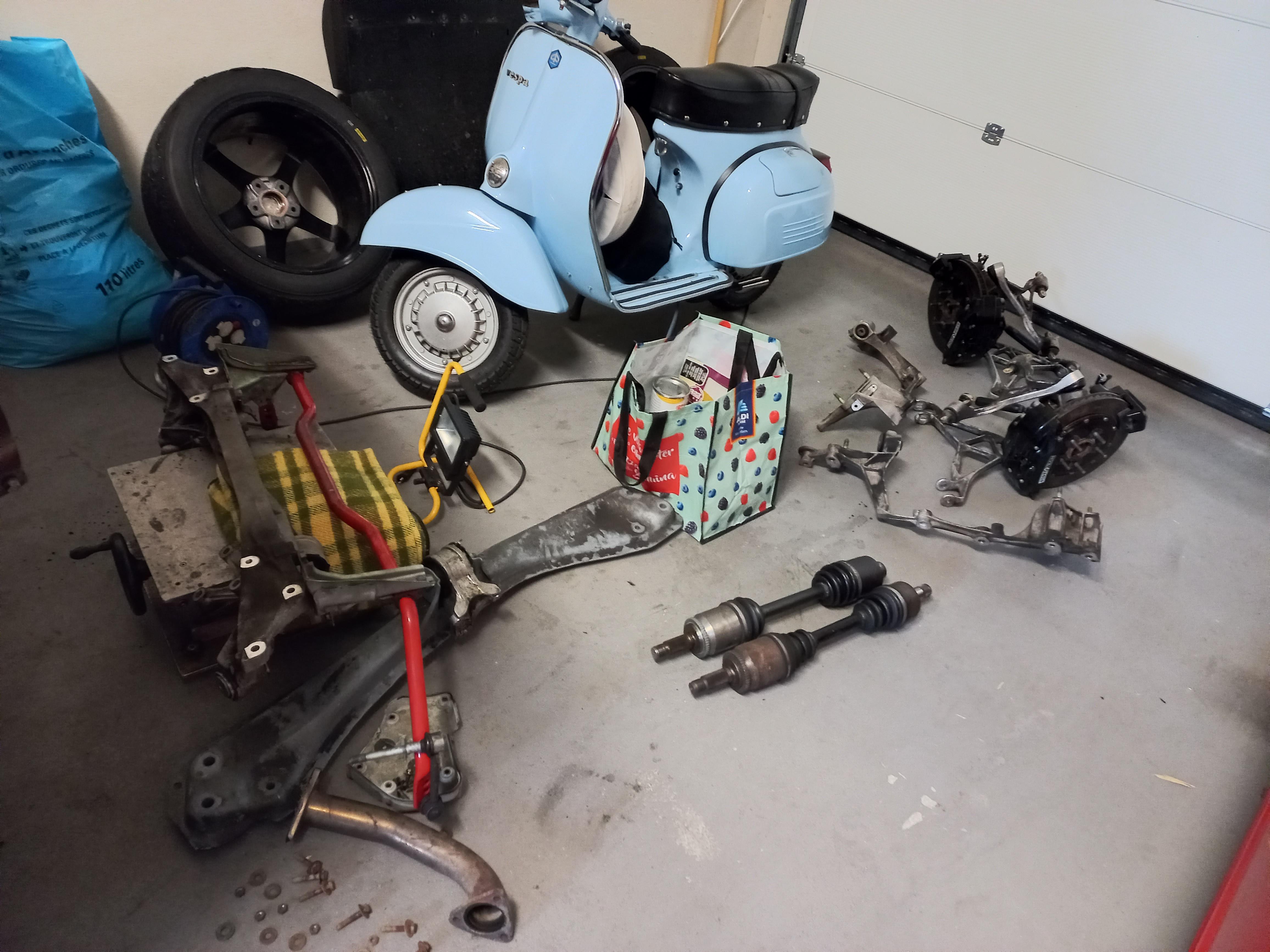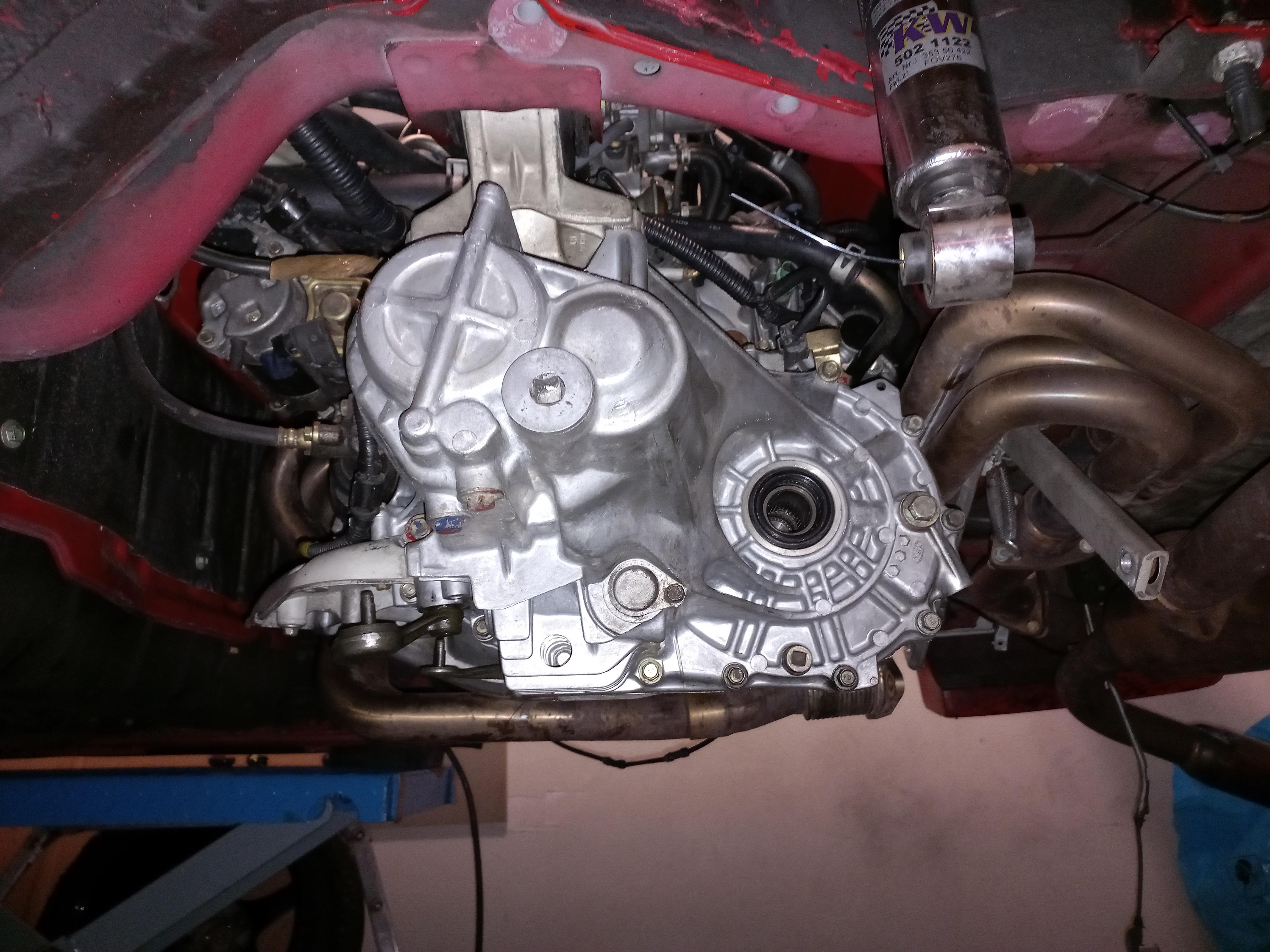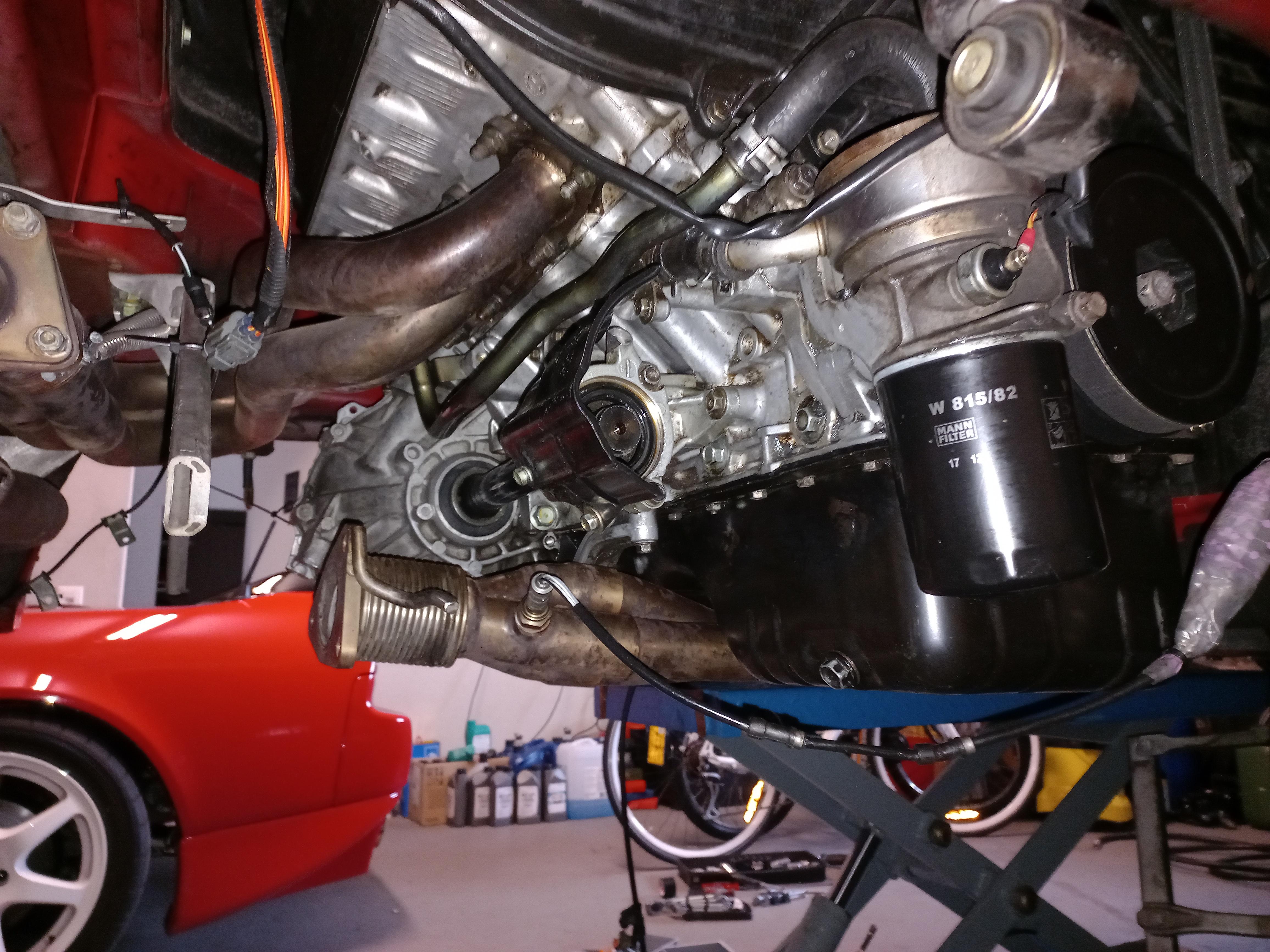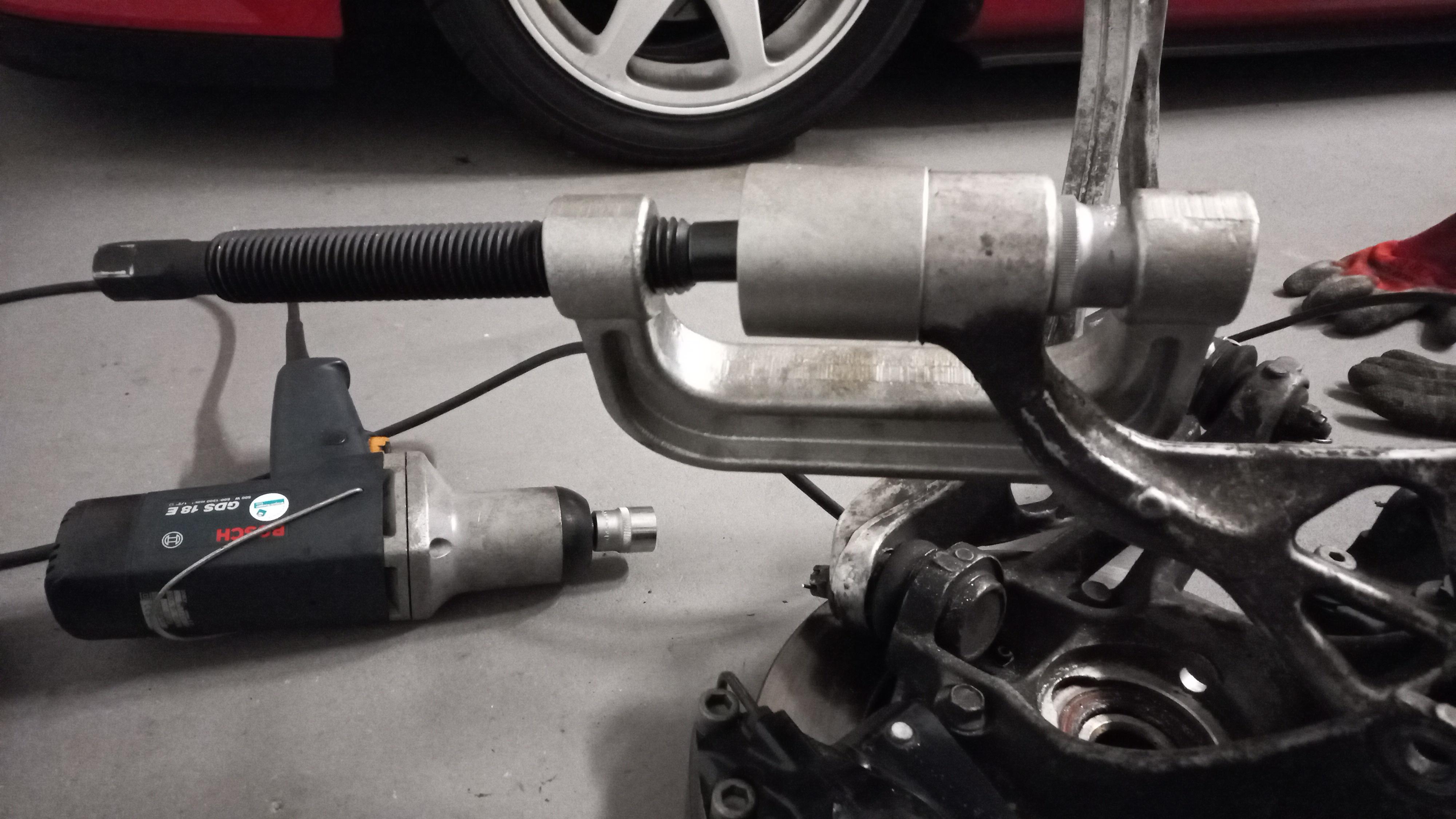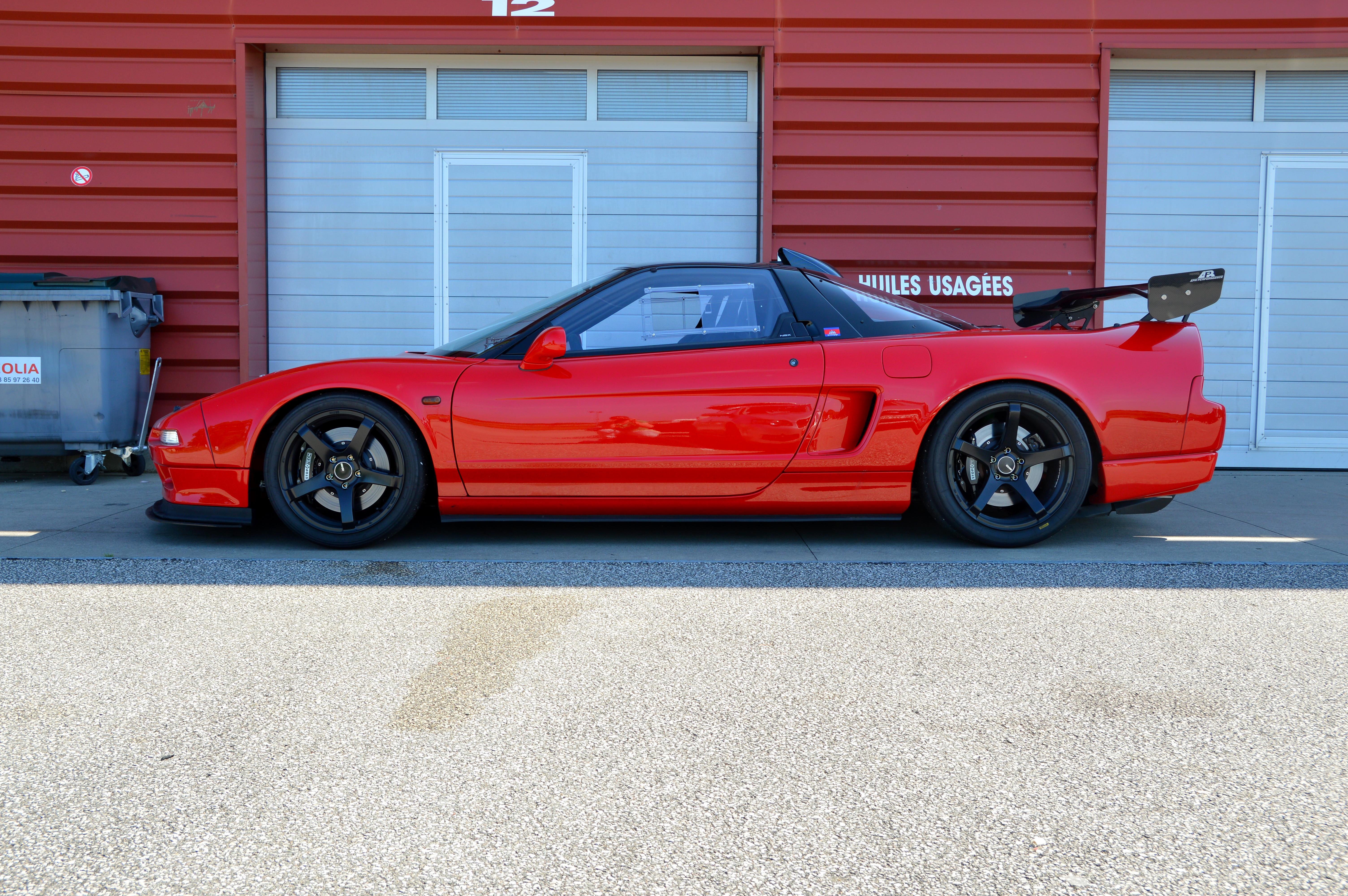I don't know how to call them exactly : "solid", "spherical", "non-compliance"... I would like to replace them all. I already have the non compliance rear beam bushings and toe links. That means there are still 5 each side to replace (front upper and lower, rear upper arm front, rear upper arm rear, rear lower arm front). It is for my track only car running full slicks. What benefit can I expect ? Did one of you do that change and can comment ?
Thanks for your feedback.
Thanks for your feedback.








